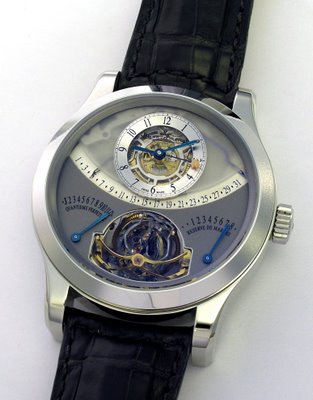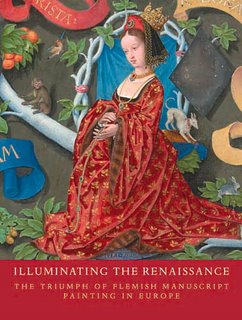 Originally intended for TV, Stephen Frears' account of the Queen (Helen Mirren) during the week between Diana's death and funeral at first glance does not really seem the stuff of a serious film. Opening with pictures of Tony Blair's landslide victory brushing aside eighteen years of Tory government the Queen is shown receiving him and inviting him to become her tenth PM. Comic moments abound and the temptation to caricature must have been unbearable, especially for the portrayels of the Duke of Edinburgh and the Queen Mother.
Originally intended for TV, Stephen Frears' account of the Queen (Helen Mirren) during the week between Diana's death and funeral at first glance does not really seem the stuff of a serious film. Opening with pictures of Tony Blair's landslide victory brushing aside eighteen years of Tory government the Queen is shown receiving him and inviting him to become her tenth PM. Comic moments abound and the temptation to caricature must have been unbearable, especially for the portrayels of the Duke of Edinburgh and the Queen Mother.'That week' is seen here as a kind of fault line between a public who maintains a stiff upper lip ('It's what other countries admire us for!') and a public who responds to media manipulation and grooming. Tony Blair (Michael Sheen, looking disconcertingly like a young Rik Mayall) is then the PM with his finger on the pulse of the public, the man who was able to reflect the grief of the nation and quiver his chin in front of the cameras ('the people's princess', the phrase worked up by a wonderfully unpleasant Alastair Campbell ). It is fascinating to watch the film now and to feel so tired of exactly those attributes he's being praised for in the press during 'that week'. Now it's all part of the spin, then it was empathy.
The Queen wants to do her mourning in private on her Balmoral estate, 'with the boys'; the public want her crying on the balcony of Buckingham Palace, and Tony keeps ringing her to tell her that opinion polls are turning against her. It might not seem likely, but the film manages to carefully draw out the viewer's sympathy and the Queen is shown as a woman who took an oath of public duty, not to be a media darling or to occupy a temporary position but to dedicate her whole life to her people.
The climax of the film is beautiful. A large fourteen-point stag is spotted on the Balmoral estate and Phillip wants to take the boys out stalking to take their minds off things. This is a scene that has probably been repeated in royal families for a thousand years and more. The hunt is traditionally a passtime of royalty, and the stag has a fine aristocratic and noble heritage. The Queen goes out to a remote part of the estate and gets stuck in a stream in her Land Rover. While waiting for help she looks around in appreciation at the beautiful scenery and is overcome with the grief and upheavel of the previous days. The beautiful stag appears and comes very close to her and acknowledges her, almost bowing. She gestures back, and when she hears the hunt approaching, shoos the stag away to safety.
Just before she leaves for London Phillip tells her that the stag had been shot by a paying guest on a neighbouring estate, a merchant banker from London. She goes to visit the carcass on the estate and pays her respects. It is not that she finds it easier to show emotion over a dead stag than a dead daughter-in-law (though I'm sure many would read it that way), but rather the stag is the end of a whole way of life. Now the estates must take paying guests to keep their heads above water, and the stags are hunted by bankers rather than royals. It is the end of a way of life. And of course Diana is the goddess of hunting, and the stag's death is too the death of the former princess. Earl Spencer talked about Diana the hunter becoming the hunted, and this surely forms a subtext for the royals hunting the stag but being eventually killed by a member of the 'public', someone after the stag for a thrill and a story back with the city folk over dinner.
Helen Mirren is amazing, and the film is careful and artful.


